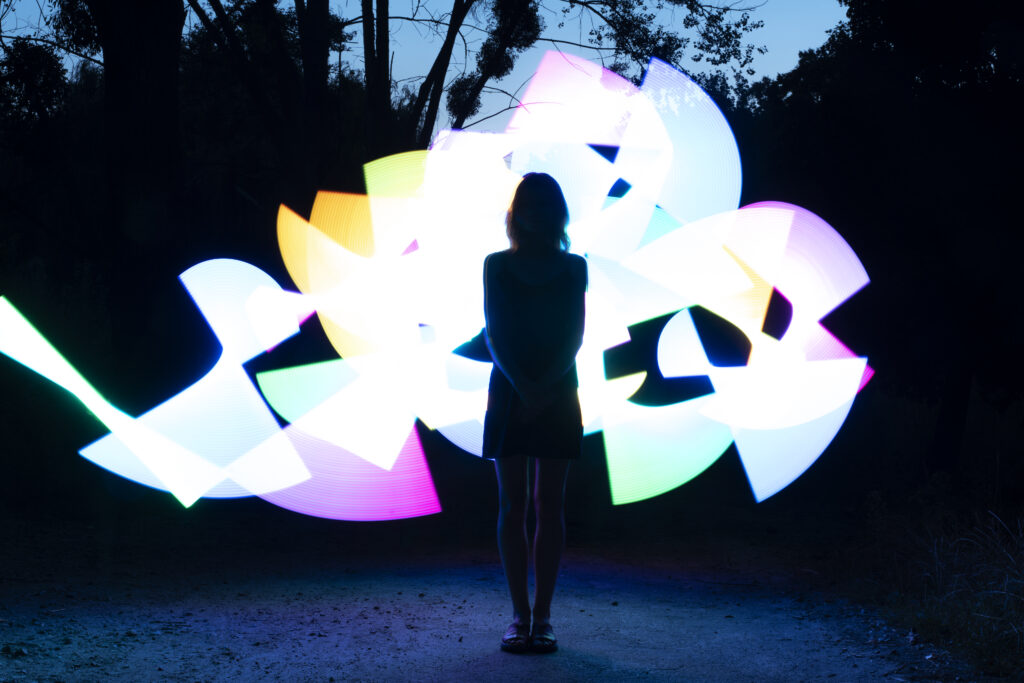
Glass art, a captivating blend of creativity and craftsmanship, has seamlessly transitioned into the digital era, leveraging the expansive power of social media and online exhibitions. This blog post delves into the metamorphosis of glass art in the digital age and explores the profound impact of social media and online showcases on this vibrant art form.
Table of Contents
Introduction
What defines glass art in the contemporary context? The inception and evolution of this art form lay the foundation for its current digital landscape. From traditional glassblowing techniques to modern innovations, the journey of glass art is a testament to human ingenuity.
Impact of Social Media
Social media platforms serve as a dynamic catalyst in propelling glass art into the limelight. The ability to share visually stunning creations instantly amplifies exposure, attracting a diverse audience worldwide. Through captivating imagery and engaging content, artists captivate and retain the attention of enthusiasts, fostering a thriving community.
Online Exhibitions

The emergence of online exhibitions revolutionizes the accessibility of glass art. Geographical barriers dissolve, enabling aficionados from across the globe to explore and appreciate various forms of glass art. These virtual showcases offer an immersive experience, transcending physical limitations and providing a platform for artists to showcase their work seamlessly.
Collaboration and Innovation
Digital platforms foster collaboration among artists and facilitate innovative endeavors. The convergence of technology and art paves the way for groundbreaking creations, pushing the boundaries of traditional glass artistry. Collaborative opportunities and technological advancements result in novel techniques and breathtaking pieces that redefine the art landscape.
Challenges

However, as glass art embraces the digital realm, challenges surface. Concerns regarding authenticity and the saturation of the digital space pose hurdles for artists seeking recognition. The competitive nature of the online sphere demands constant innovation and a unique voice to stand out amidst the multitude of creations.
Conclusion
In conclusion, the digital age has undeniably transformed glass art, presenting both opportunities and challenges. The amalgamation of social media’s reach, online exhibitions’ accessibility, collaboration, and technological innovations reshapes the landscape of this artistic realm. The future holds immense potential for glass art to continue flourishing in the digital frontier.
FAQs
FAQ 1: How has social media changed glass art?
Social media has been a game-changer for the world of glass art. It has provided artists with a powerful platform to showcase their work to a global audience instantaneously. Previously, artists were limited to local exhibitions and galleries for exposure. Now, platforms like Instagram, Pinterest, and Facebook allow artists to share high-resolution images and videos of their creations, reaching art enthusiasts, collectors, and potential buyers worldwide. This accessibility has not only amplified exposure but has also allowed for direct engagement between artists and their audience, fostering a deeper connection and appreciation for the craft.
FAQ 2: What are some popular online exhibitions?
Several renowned institutions and organizations curate impressive online exhibitions dedicated to glass art. The Glass Art Society’s Virtual Gallery stands as a prominent example, featuring a diverse range of glass artworks from talented artists globally. Additionally, institutions like the Corning Museum of Glass and Bullseye Projects host captivating online exhibitions, showcasing various techniques, styles, and themes in the realm of glass art.
FAQ 3: How can artists benefit from online platforms?
Online platforms offer multifaceted benefits to artists within the realm of glass art. Firstly, they provide a global stage, breaking geographical barriers and allowing artists to showcase their work to a diverse and expansive audience. Moreover, these platforms facilitate direct interactions between artists and potential buyers or enthusiasts, creating opportunities for sales, commissions, and collaborations. Additionally, artists can gain exposure to new techniques, styles, and trends by engaging with the broader artistic community present on these platforms, fostering growth and innovation in their work.
FAQ 4: What challenges do digital exhibitions face?
While digital exhibitions bring numerous advantages, they also encounter specific challenges. One significant concern revolves around maintaining authenticity in a digital space. With the ease of sharing and replicating content, ensuring the originality and credibility of artworks becomes crucial. Moreover, the digital sphere can become saturated with a multitude of artworks, making it challenging for artists to stand out and gain recognition. Navigating this competitive landscape requires artists to continuously innovate, maintain a unique voice, and strategically engage with their audience to cut through the noise.
FAQ 5: What are the prospects for glass art online?
The future of glass art in the digital realm is promising. Technological advancements continue to evolve, providing artists with innovative tools and techniques to explore and experiment with the medium. Collaboration between artists and technology experts fosters groundbreaking creations that push the boundaries of traditional glass artistry. Furthermore, as online platforms and exhibitions continue to refine their interfaces and experiences, the accessibility and appreciation for glass art will likely expand, creating new avenues for artists to thrive and connect with a global audience.
I hope these detailed responses shed more light on the intricacies of glass art in the digital age and the impact of online platforms on the art form’s evolution.
